Humming Blog |
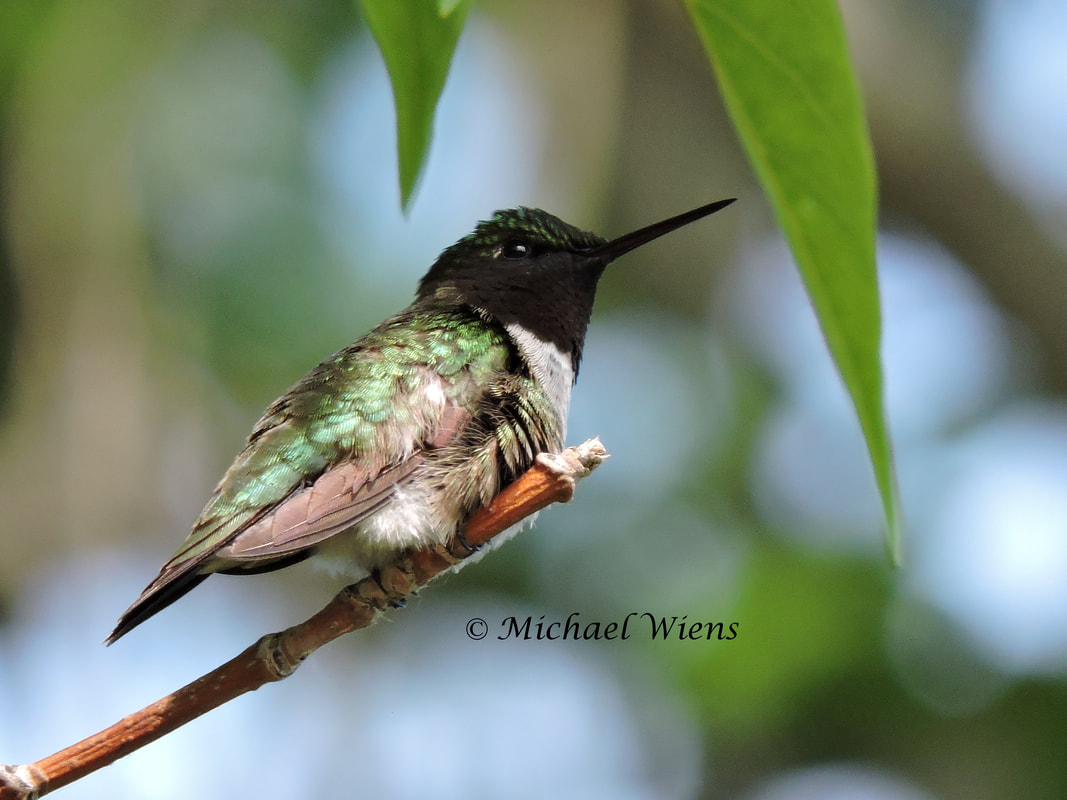 If you walked into my yard and expected to see hummingbirds everywhere, you may be disappointed. You may even sit in the garden all day and see just a half a dozen sightings this time of year. But what you don't understand is that from one of 15 specific little perches there'd be two tiny eyes peering down at you, at just about any given time. The truth is that Ziggy rarely leaves the garden. He may do a 20 minutes disappearing act to another yard within half a mile, but he'd be back and on patrol as quick as possible. Habits are formed from situations and occurrences that have happened throughout our lifetime, and this applies also to hummingbirds. Every danger, flower, feeder, predator and storm will affect every move of a hummingbird in its future. Those advantages or obstacles are what form the way a hummingbird will react in order to thrive or survive. Dangers in your garden may affect the time a hummingbird chooses to show up, or redirect its path to another garden. The number of feeders you choose to hang around your garden will absolutely affect the choice in which garden it'll return to. They, like all living things, are creatures of habit, and those habits are the blueprints for us to read and learn their behaviors. Like I mentioned earlier, you could look at any one of Ziggy's 15 perches and it's almost a guarantee you would see him 90% of the time. They don't change a lot unless something forces that change. Learn their perches, favorite flowers, favorite feeders, locations they'll perch out of the wind or during storms, guarding perches, times they bathe, frequency of their feeding, quirks and peculiarities, and you will soon understand your birds a whole lot better. You may also realize that while you've been out and about in your garden, there have been two little eyes staring at you the whole time. Here are just a half dozen locations he'll perch, but what's absolutely incredible is that out of the thousands of individual dead sticks throughout our Maple trees, he will use exactly the same one as where he is preening in the final image. This is also the way you'll know who the top dog is. The dominant male wants to be seen and has absolutely NO fear of others seeing him. If a male sneaks in for a drink then leaves, you know you've got an intruder or multiple males hanging around. These images may seem obvious to spot him, but trust me, he is tiny, and he can blend in, and these are zoomed in photos. If you didn't know a hummingbird was around, you just wouldn't notice him that easily. When you know the perches, they're much easier to spot. Male Ruby-throat hummingbird. N.E. of Edmonton, Alberta, Canada. June 13th, 2019.
2 Comments
Michael
8/8/2022 08:20:38 pm
hummingbird has been flying around my light for more than two hours should i turn light off ?
Reply
Michael
8/8/2022 08:31:36 pm
I'm not sure if it's flying near the light then perching and then repeating this process over and over, or if it's 2 straight hours, nonstop. If it's on and off, I'm thinking perhaps it's insects, but if it's nonstop, I'd certainly turn off the light to curb the harmful behavior.
Reply
Leave a Reply. |
Archives
June 2023
Categories
All
|
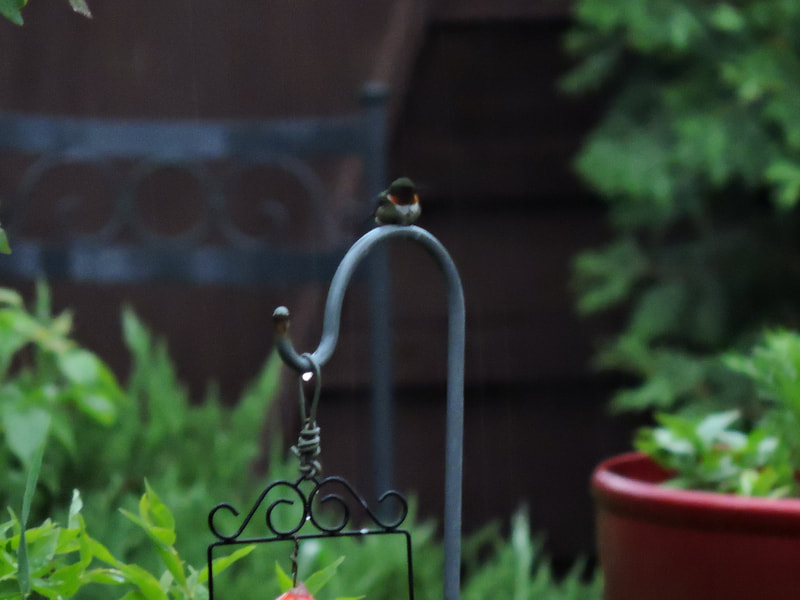
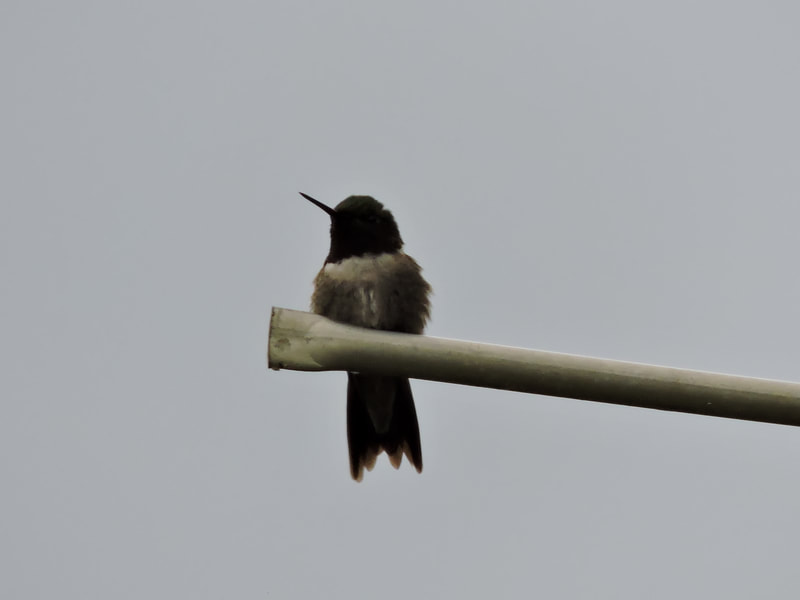
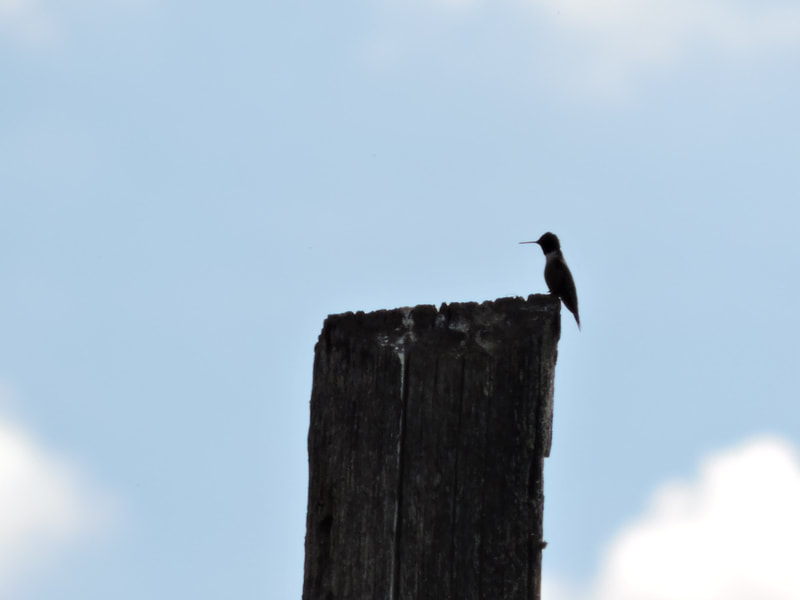
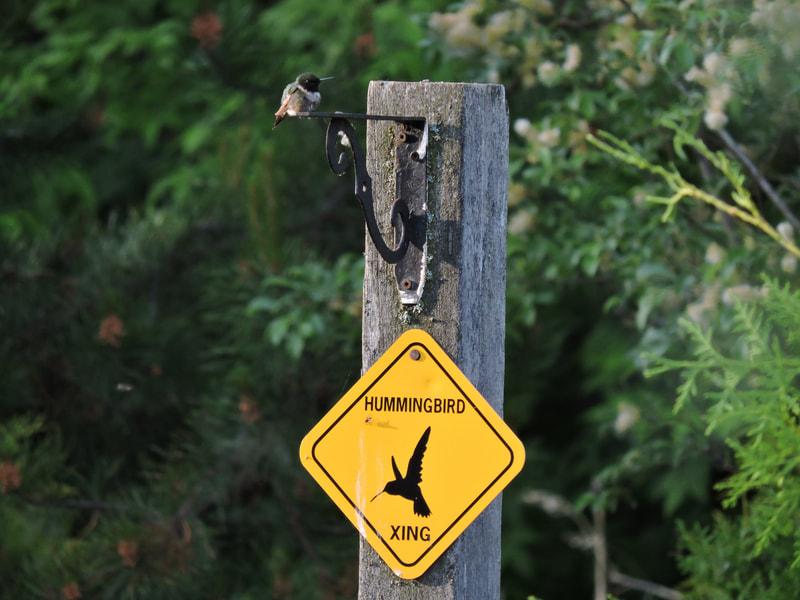
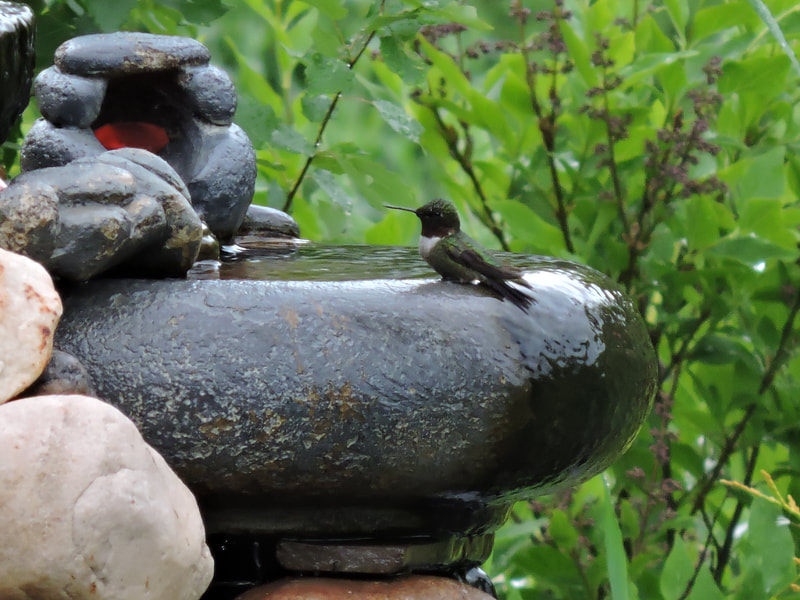
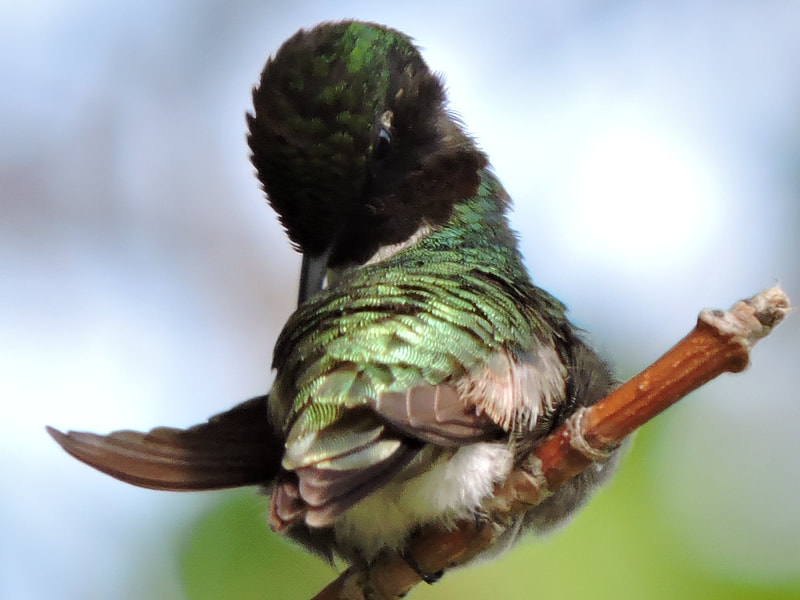
 RSS Feed
RSS Feed
